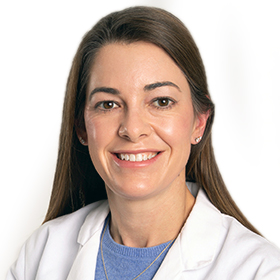Complements The importance of skin cancer screening and prevention
06/09/17

Skin cancer is the most common cancer that anyone will face and one of the only cancers that can be seen on the surface of the skin. Yet, one in five Americans will be diagnosed with skin cancer in their lifetime and one person dies from the deadliest form of skin cancer – melanoma – every hour.
Skin cancer prevention
There are many precautions that anyone can take to protect themselves from the sun’s damaging rays and reduce their risk of developing skin cancer. No matter the season, be sure to follow these preventative measures:
- Do not burn.
- Seek the shade, especially between 10:00 am and 4:00 pm.
- Cover up with clothing, including a broad-brimmed hat and UV-blocking sunglasses
- Use a broad-spectrum (UVA/UVB) sunscreen with an SPF of 15 or higher every day. For extended outdoor activity, use one that’s water-resistant with an SPF of 30 or higher.
- Apply 1 ounce (2 tablespoons) of sunscreen to your entire body 30 minutes before going outside. Reapply every two hours or immediately after swimming or excessive sweating.
- Keep newborns out of the sun. Sunscreens should be used on babies over the age of six months.
- Avoid tanning and the use of UV tanning beds.
Skin cancer screening
When it comes to skin cancer, everyone is at potential risk, even those with darker skin tones. While it is highly treatable when caught early, it can be deadly. That’s why screening is so important. Detecting skin cancer only takes a few minutes and a screening by a dermatologist or a skin self-exam could save a person’s life.
You should examine your skin head-to-toe every month, looking for any moles or marks on the skin that are flesh colored, pearl-like bumps; red, firm bumps; scaly patches; sores that won’t heal or that fall under any of the following “A, B, C, D, E” categories:
- A – is there asymmetry, where one half is unlike the other half?
- B – is the border irregular, scalloped or poorly defined?
- C – is the color varied from one area to another?
- D – is the diameter greater than the size of a pencil eraser?
- E- is it evolving, or changing, from what it once looked like?
You should also see your physician every year for a professional skin exam. Prepare by doing a head-to-toe self-exam and note any concerns to take with you to your appointment. An annual skin exam on a patient who’s never had atypical moles takes about 10 minutes. Ask the dermatologist to examine closely any moles, growths, or lesions you noted during your self-exam. Your physician may biopsy (remove a layer of skin for examination under a microscope) suspicious-looking growths. Finally, be sure to ask any questions you may have. Your physician will be able to address your concerns and you can take additional notes for future reference.
Kristin Sides is a patient navigator with the cancer program at Mount Nittany Medical Center.
This article originally appeared in the Centre Daily Times



